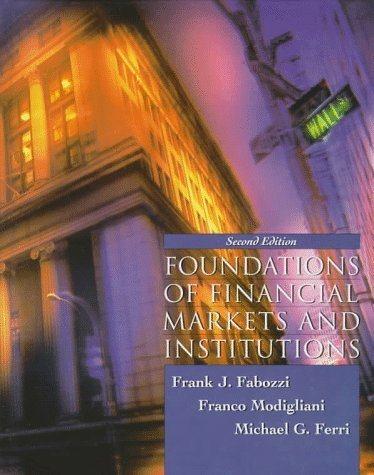Your original loan balance was $270,000 and, at a rate of 4.125% annually, was to be paid off with equal monthly payments of $1308.56 over 30 years. You have been paying the loan as required over the last 8 years, and therefore you currently owe $226,817.86 and have 22 years remaining on your mortgage (Calculate the Future Value of the original loan over 8 years to verify the current loan balance). Interest Rates have recently dropped and you are thinking about refinancing the mortgage. A mortgage refinance agent has quoted you the following 20-year term refinance options. Assume that $5000 of closing costs will be added to the loan balance in addition to the points charged regardless of which option is chosen. The points are charged on the entire new loan balance including the points. Option 1: 3.000% annual rate with no points Option 2: 2.875% annual rate with 0.5 points Option 3: 2.750% annual rate with 1 point Option 4: 2.625% annual rate with 1.5 points Option 5: 2.500% annual rate with 2 points Option 6: 2.375% annual rate with 2.5 points Option 7: 2.250% annual rate with 3 points Use Excel to analyze the options by calculating the missing amounts in the Excel Template. 1. How much interest will you save over the life of the loan under each option? 2. Use Excel's "Goal Seek to calculate the actual Break-Even Time of each of the options listed using the current loan payment. 3. Use Excel's "Goal Seek" to calculate the actual Break-Even Time of each of the options listed using the new loan payment. 4. Calculate the times described by Alternatives A and B for each option above. 5. Write your analysis of your findings in the Excel spreadsheet. Use the following questions as a prompt. Should you refinance? If so, which option is best? Which is the best Break-Even Time on which to base your decision? What are the holes in the other methods? Does it matter if you plan to sell your home in 3 years, in 5 years, never? Does the risk/unknown of when you may sell or refinance come into play? Does the total amount saved matter? . . Your original loan balance was $270,000 and, at a rate of 4.125% annually, was to be paid off with equal monthly payments of $1308.56 over 30 years. You have been paying the loan as required over the last 8 years, and therefore you currently owe $226,817.86 and have 22 years remaining on your mortgage (Calculate the Future Value of the original loan over 8 years to verify the current loan balance). Interest Rates have recently dropped and you are thinking about refinancing the mortgage. A mortgage refinance agent has quoted you the following 20-year term refinance options. Assume that $5000 of closing costs will be added to the loan balance in addition to the points charged regardless of which option is chosen. The points are charged on the entire new loan balance including the points. Option 1: 3.000% annual rate with no points Option 2: 2.875% annual rate with 0.5 points Option 3: 2.750% annual rate with 1 point Option 4: 2.625% annual rate with 1.5 points Option 5: 2.500% annual rate with 2 points Option 6: 2.375% annual rate with 2.5 points Option 7: 2.250% annual rate with 3 points Use Excel to analyze the options by calculating the missing amounts in the Excel Template. 1. How much interest will you save over the life of the loan under each option? 2. Use Excel's "Goal Seek to calculate the actual Break-Even Time of each of the options listed using the current loan payment. 3. Use Excel's "Goal Seek" to calculate the actual Break-Even Time of each of the options listed using the new loan payment. 4. Calculate the times described by Alternatives A and B for each option above. 5. Write your analysis of your findings in the Excel spreadsheet. Use the following questions as a prompt. Should you refinance? If so, which option is best? Which is the best Break-Even Time on which to base your decision? What are the holes in the other methods? Does it matter if you plan to sell your home in 3 years, in 5 years, never? Does the risk/unknown of when you may sell or refinance come into play? Does the total amount saved matter







